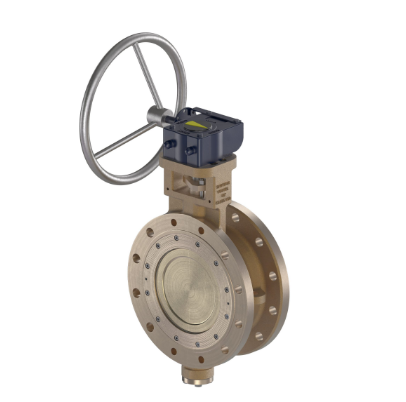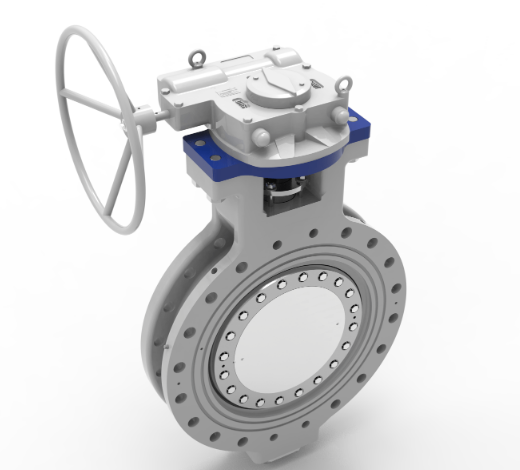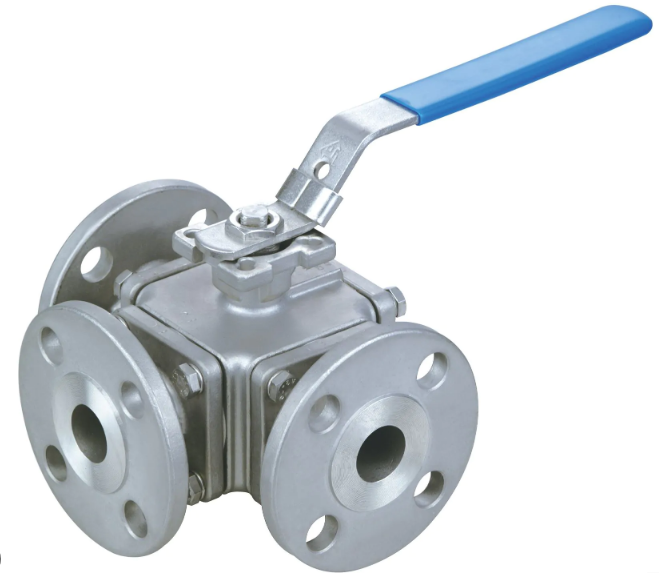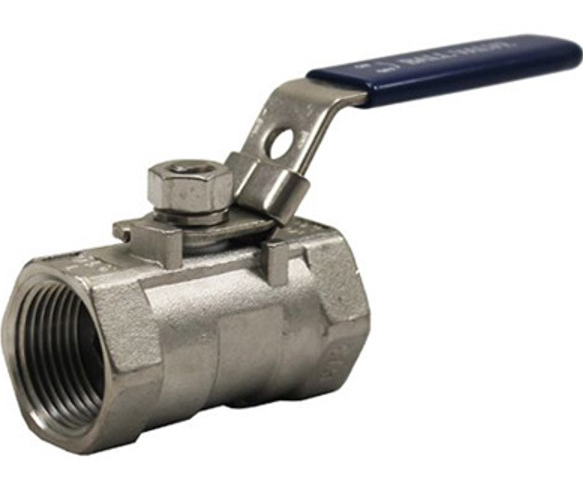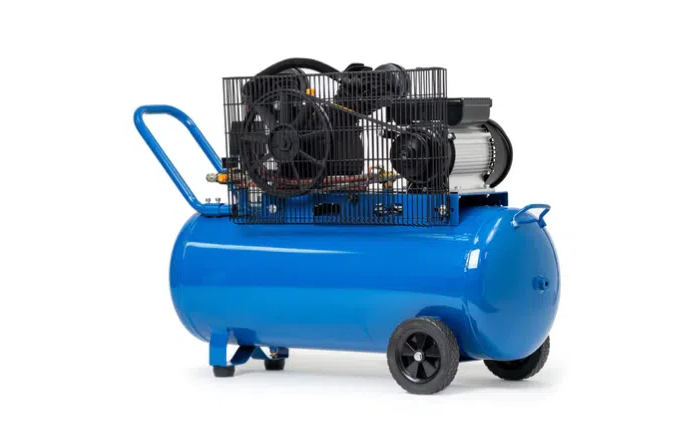Introduction
With the rise of Industry 4.0 and wireless automation technologies, pneumatic actuators with Bluetooth control have emerged as a smart solution for remote operation and real-time monitoring of industrial equipment.
These actuators combine the mechanical power of compressed air with Bluetooth wireless communication, enabling operators to control and configure devices using smartphones, tablets, or industrial control systems without physical wiring.
1. What Is a Pneumatic Actuator with Bluetooth Control?
A pneumatic actuator is a device that converts compressed air into mechanical motion to operate valves, dampers, or other mechanical equipment.
When equipped with Bluetooth control, the actuator integrates:
-
Bluetooth communication module
-
Embedded controller or positioner
-
Mobile or desktop control application
This allows operators to send commands, adjust settings, and receive feedback wirelessly within the Bluetooth range, typically up to 10–100 meters depending on the environment.
2. Key Features of Bluetooth-Controlled Pneumatic Actuators
-
Wireless Operation – Eliminates the need for wired control lines, reducing installation costs.
-
Real-Time Monitoring – Provides live data on actuator position, air pressure, cycle count, and diagnostics.
-
Secure Communication – Uses encryption and pairing protocols to prevent unauthorized access.
-
Mobile App Integration – Compatible with Android, iOS, and Windows devices for easy control.
-
Customizable Settings – Operators can adjust stroke limits, response time, and fail-safe modes remotely.
-
Battery or External Power – Modules can run on low power, ensuring minimal additional energy consumption.
3. Advantages of Bluetooth-Controlled Pneumatic Actuators
-
Simplified Installation – No signal cables, reducing labor and material costs.
-
Flexibility in Placement – Ideal for moving machinery or hard-to-reach areas.
-
Reduced Maintenance Downtime – Quick diagnostics without physical access to the actuator.
-
Cost Savings – Lower wiring costs and less downtime lead to operational savings.
-
Scalability – Easy to add more actuators to the system without complex rewiring.
4. Common Applications
-
Process Industry – Remote control of valves in chemical, oil & gas, and water treatment plants.
-
Food & Beverage Production – Hygienic installations where minimizing cable clutter is crucial.
-
Mobile Equipment – Actuator control in trucks, trailers, and portable machinery.
-
Test & Lab Environments – Allows quick setup changes without hardware modifications.
-
HVAC Systems – Remote damper and airflow control in large buildings.
5. How Bluetooth Control Works in Pneumatic Actuators
-
Bluetooth Module Integration – Installed within the actuator housing or in an external adapter.
-
Pairing with Control Device – Operator connects via a secure PIN or pairing code.
-
Data Exchange – Commands and status data are exchanged in real-time.
-
Execution – Actuator receives signal, processes it, and adjusts position or speed accordingly.
-
Feedback Loop – Actuator sends updated status to the control device.
6. Considerations When Choosing a Bluetooth Pneumatic Actuator
-
Range Requirements – Ensure Bluetooth version supports the needed distance.
-
Environmental Conditions – Select a module with protection against dust, moisture, and vibration.
-
Compatibility – Confirm that the actuator and control app work with your existing systems.
-
Power Supply – Verify power source for Bluetooth electronics.
-
Security Protocols – Choose devices with encrypted communication to prevent cyber risks.
Conclusion
The pneumatic actuator with Bluetooth control is a game-changer for industries seeking wireless convenience, cost savings, and enhanced flexibility in actuator operation.
By combining pneumatic reliability with modern wireless technology, these actuators simplify installation, improve safety, and enable more efficient process control.
If you want to learn more about low-priced products, please visit the following website: www.xm-valveactuator.com







